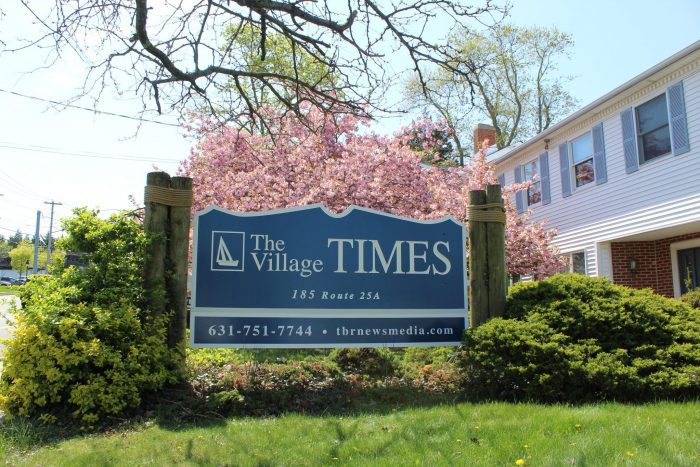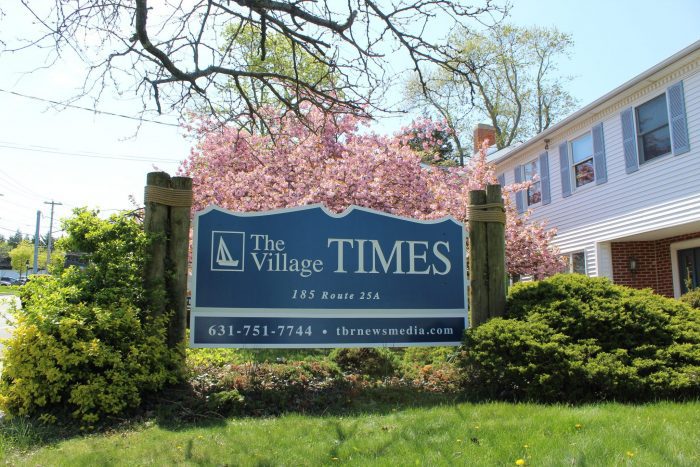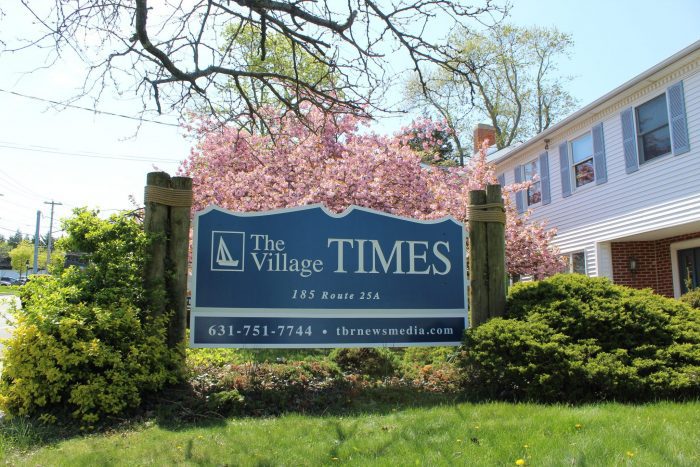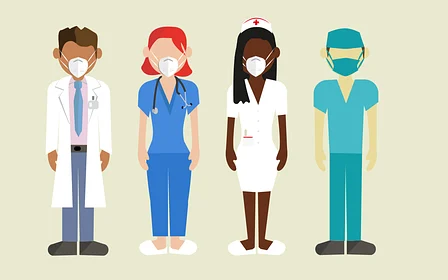By Leah S. Dunaief

Publisher
Please note that we have added something new to the front page of the newspaper. In the upper right hand corner, next to our flag, is a QR code. When you open that code with your cellphone, you will immediately be transported to the home page of our website, and there you will find a button that says, “LISTEN NOW.” Click there and you will be able to hear the current week’s podcast.
Do you know about our podcast?
Each week, after the newspaper comes out, members of the editorial team sit around a table in the recording studio and chat about the week’s news for a little over half an hour. We talk about what lies behind the headlines and perhaps throw in other bits of information that may not have fit into the limited space in the paper.
Called “Pressroom Afterhour,” our regular participants include Samantha Rutt, managing editor; Mike Vincenti, co-producer; and myself. At the other end is our audio engineer, Michael Dunaief, in California.
Different reporters, who have contributed stories each week, join us, either in person or as a call-in, and give more depth to the stories they have written, as well as commentary on other articles. We also include sports, with our sportscasters, Bill Landon and Steve Zaitz, and a weekly round-up of the news.
Sometimes, we invite guests, like Councilmember Jonathan Kornreich, historian Bev Tyler, estate lawyers Nancy Burner and Gail Prudenti, and SCWA Chairman Charlie Lefkowitz, when they have participated in the week’s events.
This week, beginning tomorrow, May 31, we have joining us Dr. Suzanne Fields, interim co-director of the new Center for Healthy Aging at Stony Brook Medical Center. A distinguished geriatrician, she speaks about the Center, its purpose and goals, and offers an insightful overview of the aging process. Interviewing her this week, both for the newspapers and on the podcast, is reporter Daniel Dunaief.
The podcast is available after noon every Friday, can be heard from the car or wherever you have your cellphone, and is available throughout the ensuing week either from our website, via the QR code, the home page at www.tbrnewsmedia.com or Spotify.
Please join us for a better understanding of the local news and the fun of discussing what’s happening in our daily lives. We would welcome any comments from you, as well as suggestions for articles to be featured on future podcasts.
This is a bit of news with a local perspective you might not get elsewhere. Ben Brown, a freshman pitcher for the Chicago Cubs, pitched seven innings of no-hit ball on Tuesday against the the Milwaukee Brewers before he was taken out of the game by the manager, after throwing 93 pitches, for fear of straining his arm. At that point, the Cubs led by the score of 1-0.
Now, Ben Brown is a graduate of Ward Melville High School in the Three Village School District. He is a hometown boy, drafted right out of high school, at the age of 17, by the Phillies, as we wrote in a comprehensive previous article a couple of months ago. Brown, 24, was traded to the Cubs and brought up from the Minors this Spring.
The reliever, after getting the first out, opened the door. The Brewers tied the game by the ninth inning.
Fortunately for the Cubs, they were able to score five runs in the top of the tenth, and although the Brewers threatened in the bottom of the inning, scoring two, the Cubs shut the door, winning 6-3. And all of the game was played by the Cubs with some of the team, including Brown, ill with a bug.
We will surely talk about this game on the podcast this week, even though neither of the major league teams is local. But Ben Brown is and is richly worth a shout-out.
This is surely a game he will never forget.















